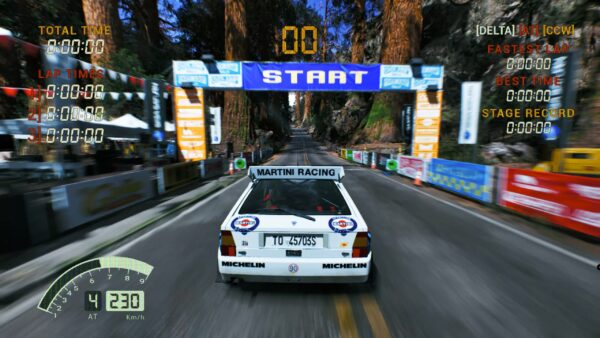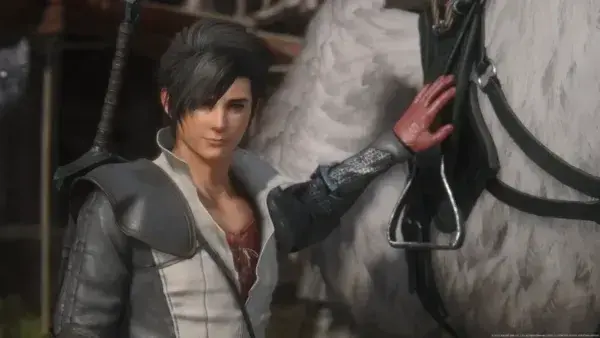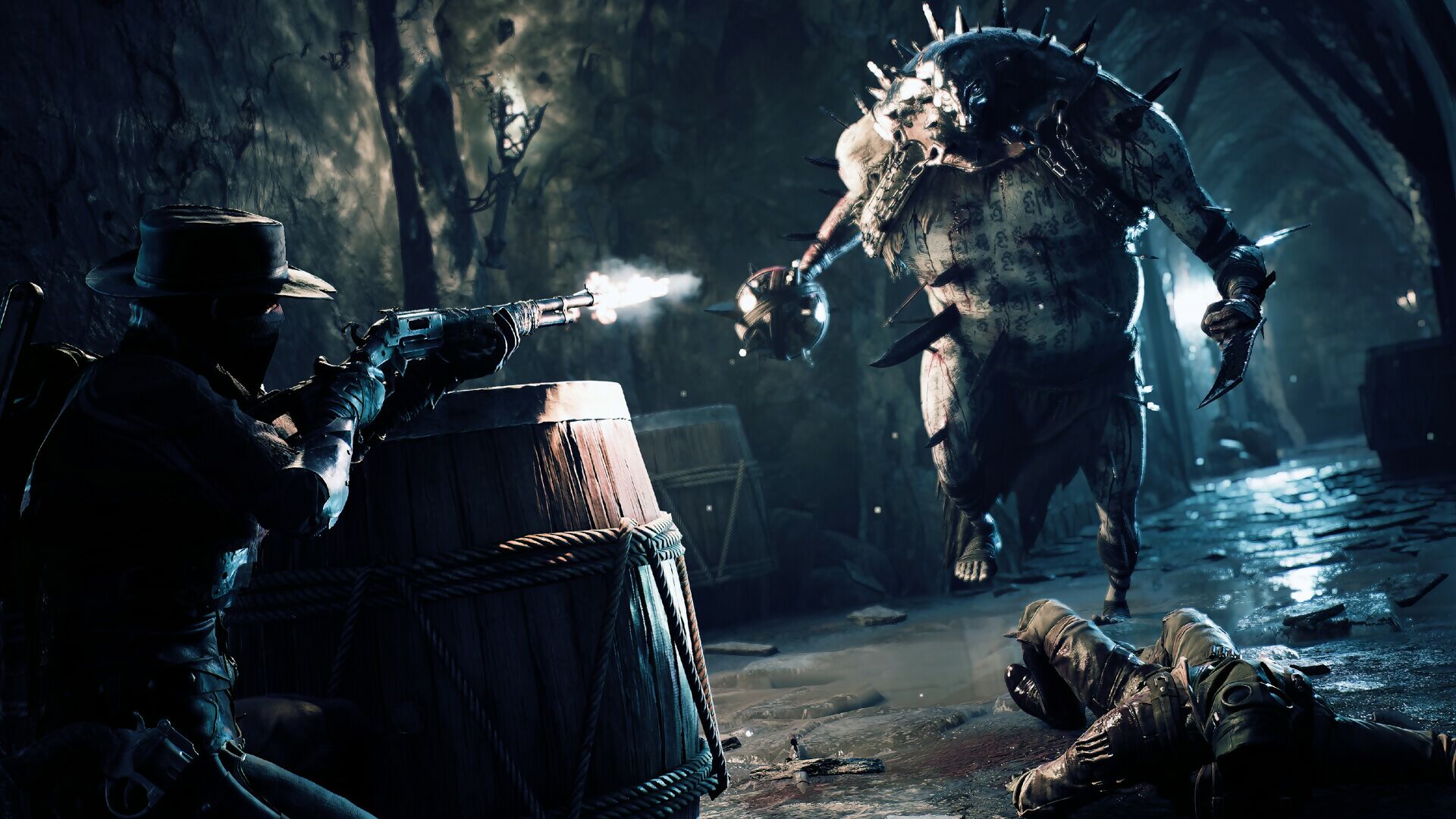
Third-person action adventure games have been dominant for too long. But what, Jon Bailes wonders, can replace them?
In each phase of gaming history, certain genres tend to become dominant. It’s far from an exact science, of course, but you might recall when the arcade shoot-‘em-up was king, at least until the cartoon platformer took over, then the FPS surge kicked off by Doom. After that came the post-GTA III open-world craze, and from then, well, things get a little hazy. The biggest genre in the last 15 or so years is probably the much more nebulous ‘third-person action adventure’, which spans out from open worlds into frenetic brawlers on one flank and a strand of RPGs on the other.
On the plus side, that broad spectrum means more variety in big games. Yet like that of certain political parties, its reign has surely gone on too long. While dominant genres past conceded their crowns after a short, glorious spell, this one coasts along indefinitely. Now the vast majority of full-fat third-person action adventure games feel like they’re treading water, absent of ideas that break rules so long established they’re worn into the foundations. Yes, there was plenty of unimaginative repetition in the old days too – the SNES and Mega Drive endured a shovel-load of dreary platform games, and plenty of 90s FPSs were me-too takes on Doom – but this time the cycle is much longer.
In seven years the FPS spread its wings from Doom to Deus Ex, then set about refining itself increasingly away from the limelight (the single-player FPS, that is – its multiplayer counterpart took on a life of its own). Its star faded in part because the genre became so much more, with first-person perspective transcending shooting to encompass a huge range of experiences – even walking sim Dear Esther emerged from experiments with Doom’s modding tools – but also due to a new thirst for third-person and open-world adventures. That prompted a new boom in innovation in the 2000s, but since that golden age, the pattern has stalled.
You can trace the third-person explosion, at least on consoles, to the late 1990s, as 3D became the norm, with Zelda, Mario 64, Resident Evil, Metal Gear Solid and Tomb Raider doing the groundwork. The lasting archetypes emerged in the following decade, however, from GTA III to Assassin’s Creed, Gears of War to Resident Evil 4, Devil May Cry to Uncharted, and Mass Effect to Demon’s Souls. As was clear at the time, this was one hell of a decade for mainstream gaming. But 14 years on, whenever you boot up the latest over-the-shoulder number, you can pretty much guarantee you’ll be thrown into one or more of the templates carved out back then.

Leon S Kennedy having a rough Spanish break in Resident Evil 4. Credit: Capcom.
True, that list covers a lot of ground, and there’s no reason why games shouldn’t build on what’s gone before – very little in gaming history is genuinely original, after all. But as years pass and these kinds of experiences remain at the forefront of game design, attracting the greatest attention, few give us something fresh to chew on, or even fail to match the ambitions of much older titles. It’s significant, for example, that this year’s Resident Evil 4 remake stands above many of its contemporary peers in large part because the brilliance of the original’s approach to set-piece design still shines through.
Tears of the Kingdom can almost be seen as the exception to the rule here, as a franchise game that seems to recognise the need for change, with its Ultrahand and Fuse abilities adding a layer of creativity to the base systems. With its treatment of Zelda, Nintendo may have grasped the need for forward thinking better than anyone, in fact. 2011’s Skyward Sword took tentative steps to break with a formula that was losing its lustre, albeit with mixed results. 2017’s Breath of the Wild then delivered the shot in the arm Link and co. needed, and Nintendo made sure to build on that (literally) with their latest.
In that period, it’s fair to say we haven’t been short of high quality games from other top studios, too. Naughty Dog, and especially The Last of Us Part II, have shown the way in terms of cladding third-person adventures in cinematic action and believable characters. With GTA V and Red Dead Redemption 2, Rockstar have brought unmatched richness to open-world design. And Elden Ring saw FromSoftware expand its best-in-class RPG making to an awestriking scale. But these are all still refinements of previous games made by teams of master builders, progressing thanks to enviable resources that allow for incredible detail, which isn’t the same as forging new roads, or even changing lanes.
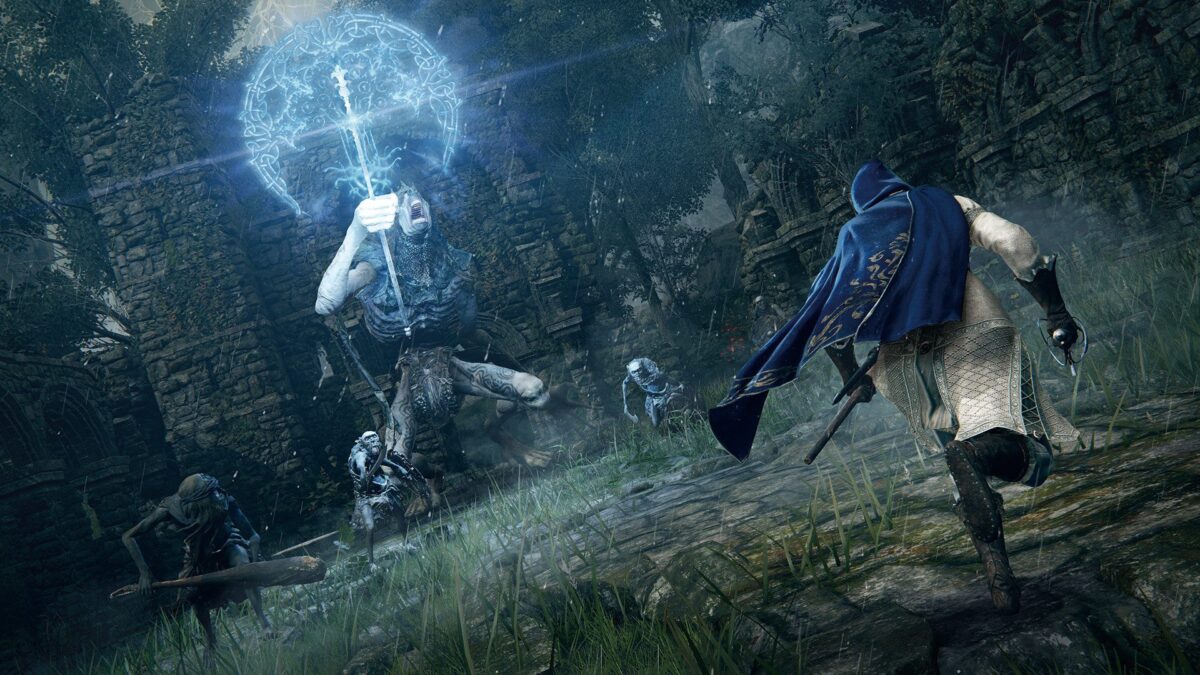
More elegantly-crafted grimdark fantasy in Elden Ring. Credit: FromSoftware.
Read more: King’s Field | FromSoftware’s Debut paved the way for Dark Souls and Elden Ring
Other big hitters, meanwhile, feel like they’re floundering. Final Fantasy XVI has caved in to a weight of uninspired expectation, with combat systems that hew all too close to those of Devil May Cry. Assassin’s Creed games have grown steadily larger over the years, bloating up until they’ve ground every conceivable third-person action adventure trope to death. So where else is there to go? Not forwards, but backwards, apparently, as Assassin’s Creed Mirage seeks solace in the series’ roots. And what of Sony, ultimate purveyors of the third-person in recent years, from Uncharted 4 to Horizon, God of War, Spider-Man, Ratchet & Clank, Ghost of Tsushima, and on? These are slick, polished offerings, no doubt, but also largely formulaic, building on secure territory rather than exploring the unknown.
And behind the giants stand countless games that, even when they deliver (the Plague Tale games spring to mind), rely on well-rehearsed systems or fantasy scenarios. While plenty more, like the Forspokens and Saints Row reboots of this world, struggle to distinguish themselves at all, as you charge around their maps in routines learned on the PS2, looking for things to collect, climb or kill. Or there’s the recent Remnant II, whose Souls-Gears mix is entertaining enough, but nonetheless derivative in its world design and unrefined in its mechanics.
To be fair, the gaming landscape is very different from that of the early 2000s. Innovation is more difficult simply because so much has now been done. There was more space for fresh ideas in the 90s and 2000s, with 3D gaming in particular an almost untapped resource before then. And now there’s no obvious big next step to take the place of the third-person action adventure game either. Perhaps one day we’ll all be playing the gaming equivalent of Oppenheimer, thanks to advances in AI that make conversations with NPCs endlessly fascinating, but let’s not hold our breath.
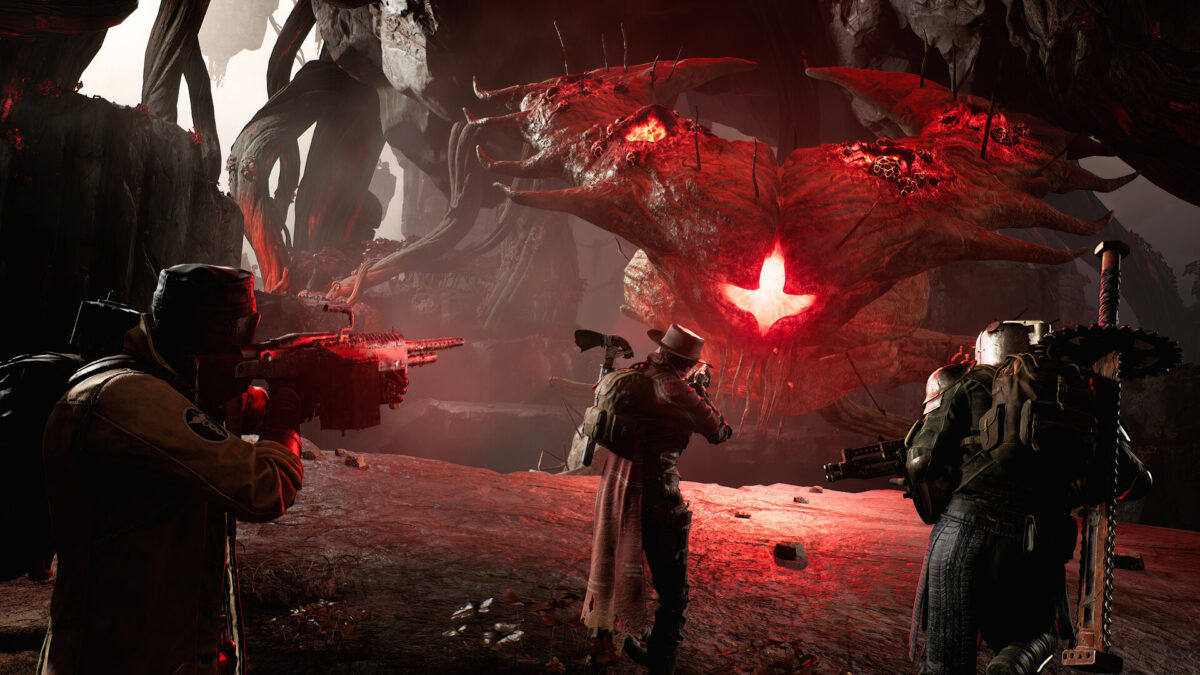
Souls-Gear action in Remnant II. Credit: Gunfire Games.
If that’s the case, though, isn’t that all the more reason for third-person action adventures to be bold with their systems and settings? Rarely in the last decade, for example, has one of these games introduced a technique or tactic in its combat that made me reconsider patterns memorised long ago. I know I’ve come to groan every time I see a parry mechanic (although credit to Wo Long for making that fun again). As for scenarios, we’ve all seen how FromSoftware’s games benefit from the strength and depth of their fantasies, and how Assassin’s Creed has maintained goodwill in part thanks to all its history hopping. Why then, in other games, are bland fantasy, sci-fi and the post-apocalypse still such frequent destinations?
In short, what I’d love to see more of, is more Death Strandings and Returnals (credit due to Sony there for publishing both, of course). No, I don’t mean sequels, I mean more games that take their leftfield approach to familiar forms. Death Stranding is a smart rethinking that places navigation, rather than confrontation, at the centre of open-world design, built around anonymous cooperation and an original take on the post-apocalypse. Returnal pulls inspiration from outside its own genre, employing arcade shooter sensibilities to create ultra-refined action, while telling an emotional story through its looping structure. It also demonstrates another quality that’s become all too rare in big games – focus. It’s the proverbial master of one against the many jacks of all trades.
Having said all this, I realise that plenty of other people may not be feeling the rot set in. After all, if the third-person action adventure remains the dominant genre, that’s surely first and foremost because it continues to be popular and players want more, not merely because the next big thing has yet to arrive. That includes Final Fantasy XVI and Remnant II, of course, currently enjoying acclaim from many critics and players alike. But then here’s the thing – it’s my favoured genre too. I just want to see what else it can do.




